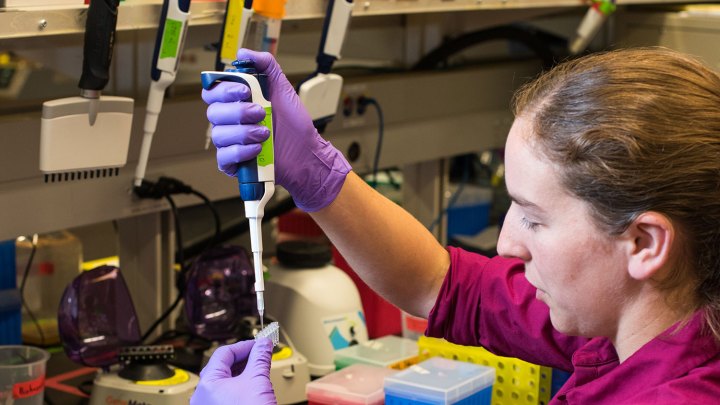
With that goal in mind, a team of Duke University researchers have demonstrated the creation of synthetic strands of DNA that, mixed together in the right concentrations in a test tube, can create analog circuits able to add, subtract, and multiply as they form and break bonds.
“Most prior methods for computing at the molecular scale generally were restricted to logical computations involving Boolean values: 1 for yes and 0 for no,” Professor John Reif, whose computer science lab carried out the work, told Digital Trends. “[This] work allows for arithmetic computations on analog values that can range over real numbers like 0.832. The analog values — these include the inputs, intermediate values, and outputs of the molecular computations — are specified by the concentrations of certain DNA strands.”
Previous researchers have used digital DNA-based circuits to carry out tasks like playing tic-tac-toe, or even calculating the square root of numbers. However, Duke University’s analog device doesn’t require any dedicated circuitry to convert computations into zeroes and ones — but instead directly measures the concentration of specific DNA molecules.
In other words, it’s exciting stuff, with some unique possibilities. For one thing, DNA circuits can be considerably smaller than those created with silicon. Unlike electronic circuits, they also work perfectly well in wet environments: something which opens up the possibility of computers existing inside a person’s bloodstream or even individual cells.
But there are still challenges that need to be solved to reach that point. Professor Reif said that the two main bottlenecks right now relate to speed and scale. “The experiments required an hour or so to perform the computations,” he said. “The scale is [also] restricted so far to relatively small arithmetic circuits.”
So you probably won’t be sweeping your MacBook to one side in favor of some DNA and a test tube just yet. But then again, it was only a relatively short time ago when people were saying that personal computers would never be capable of more than the most basic of tasks.
Roll on with the DNA computers!


